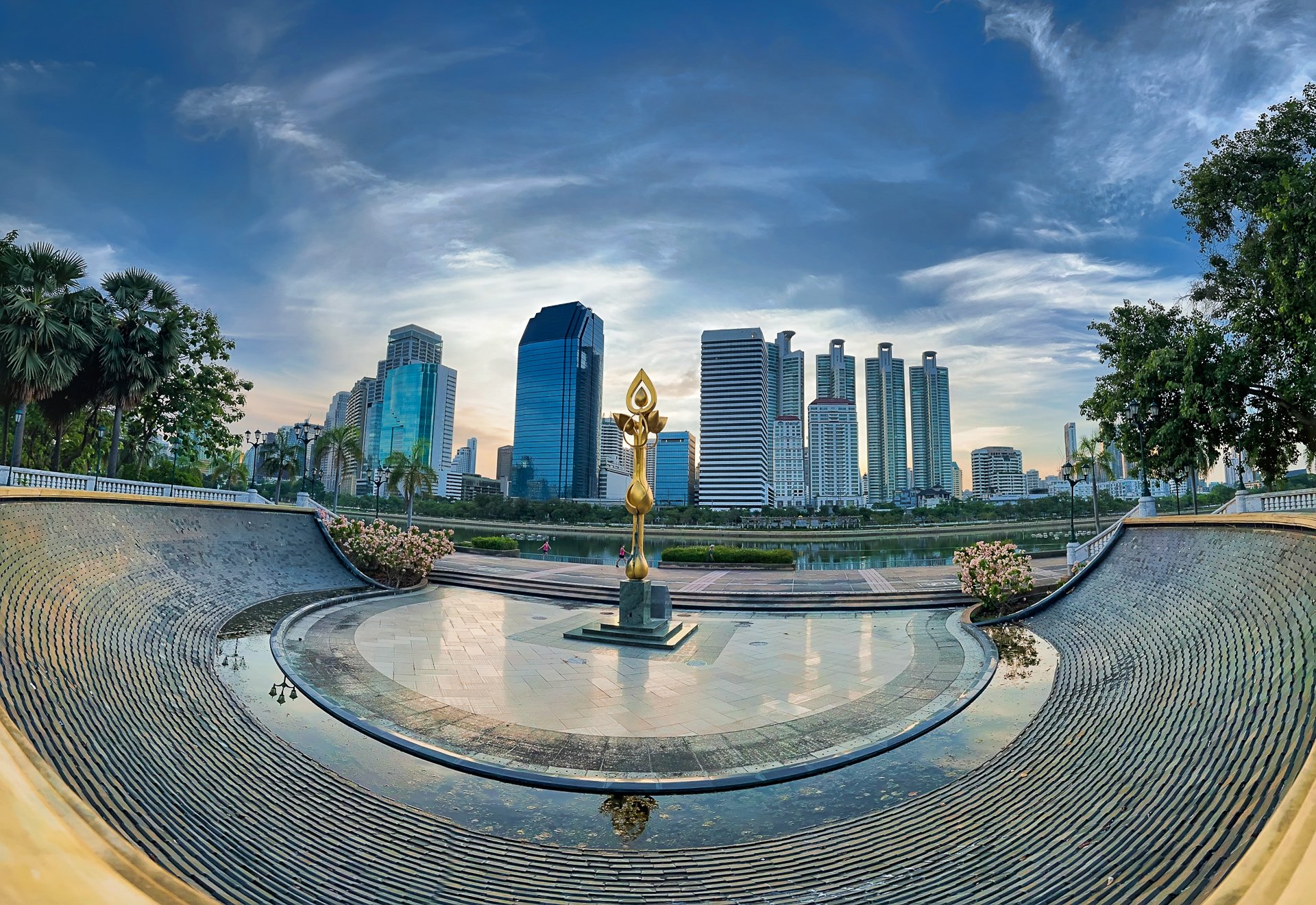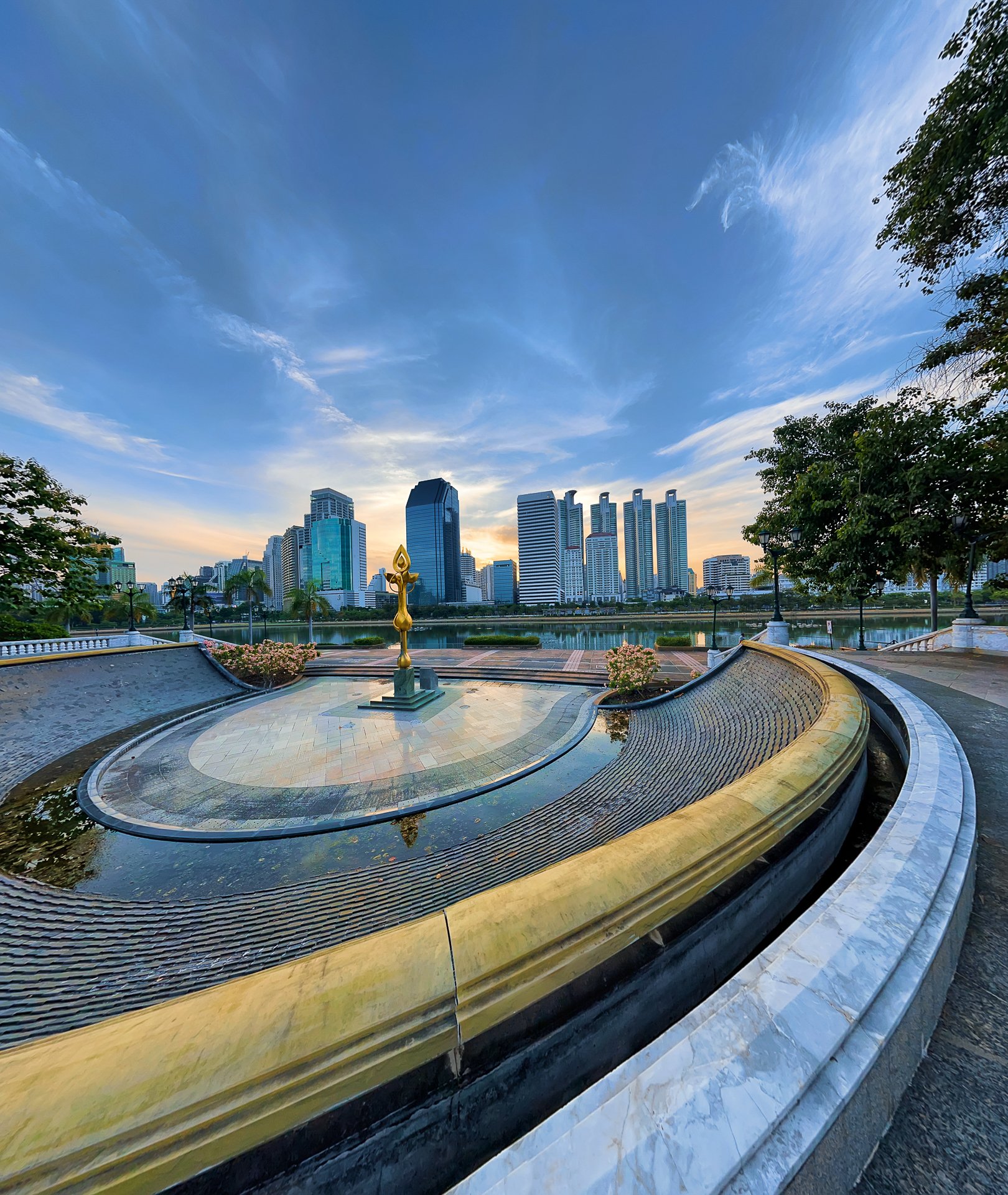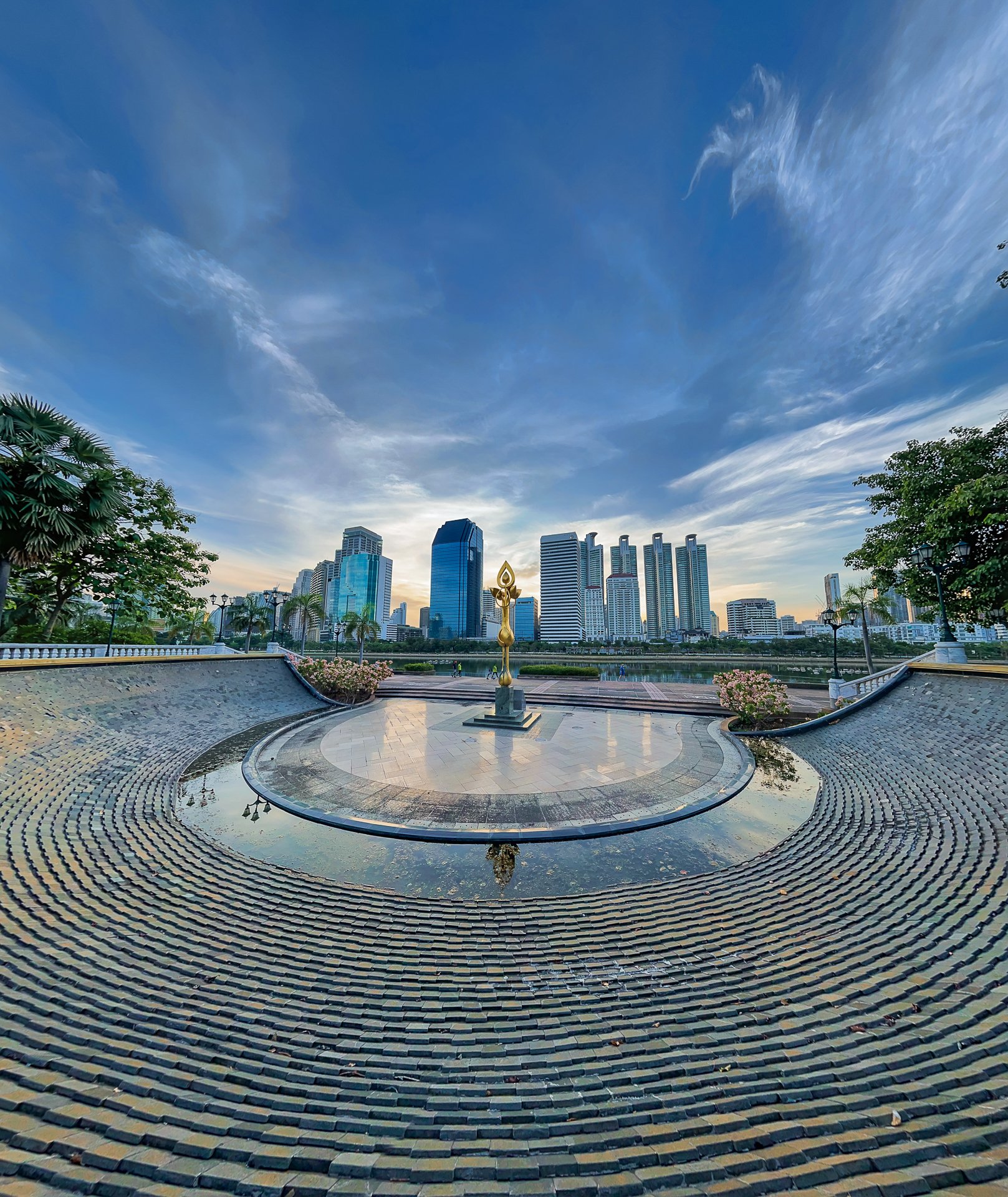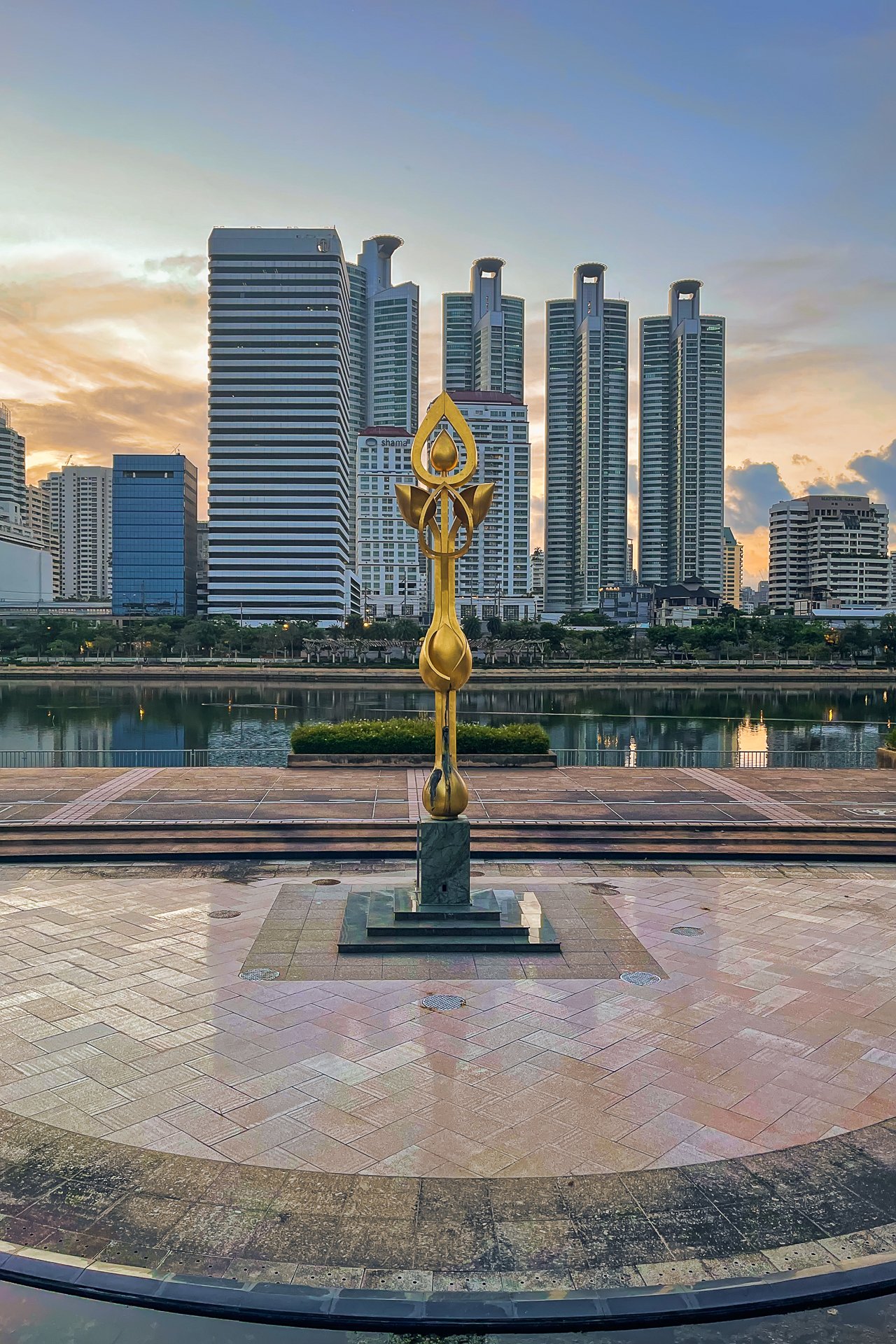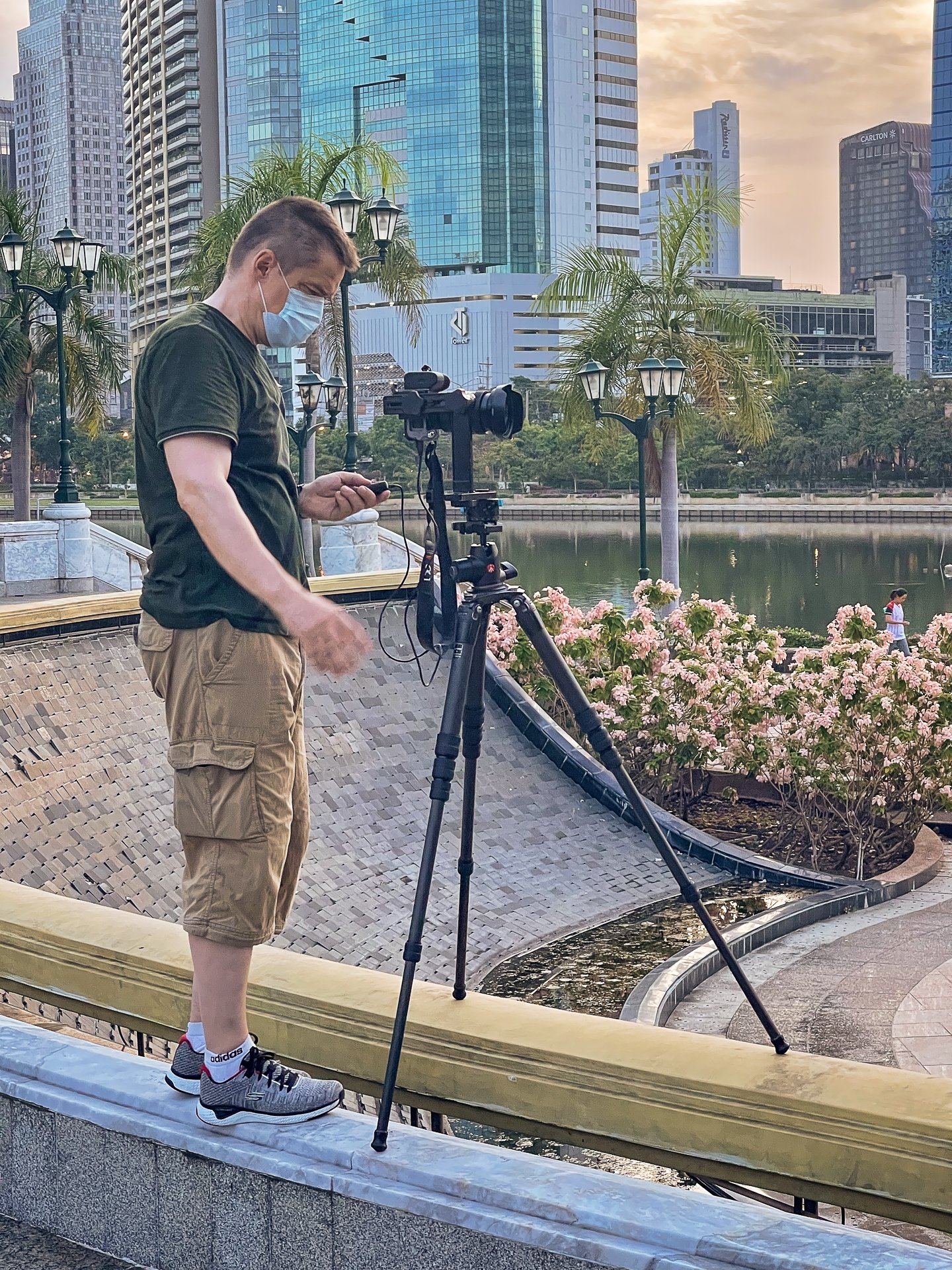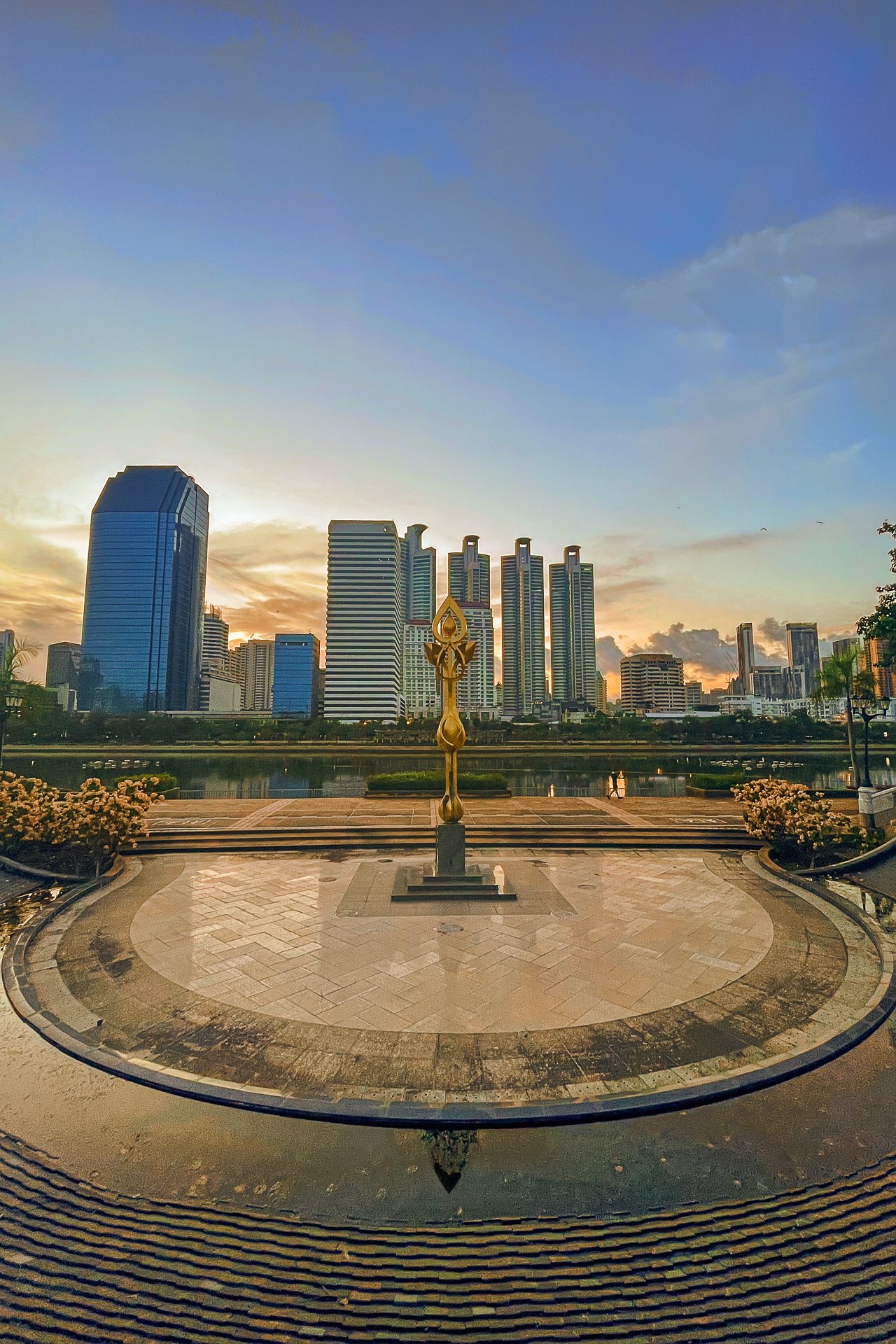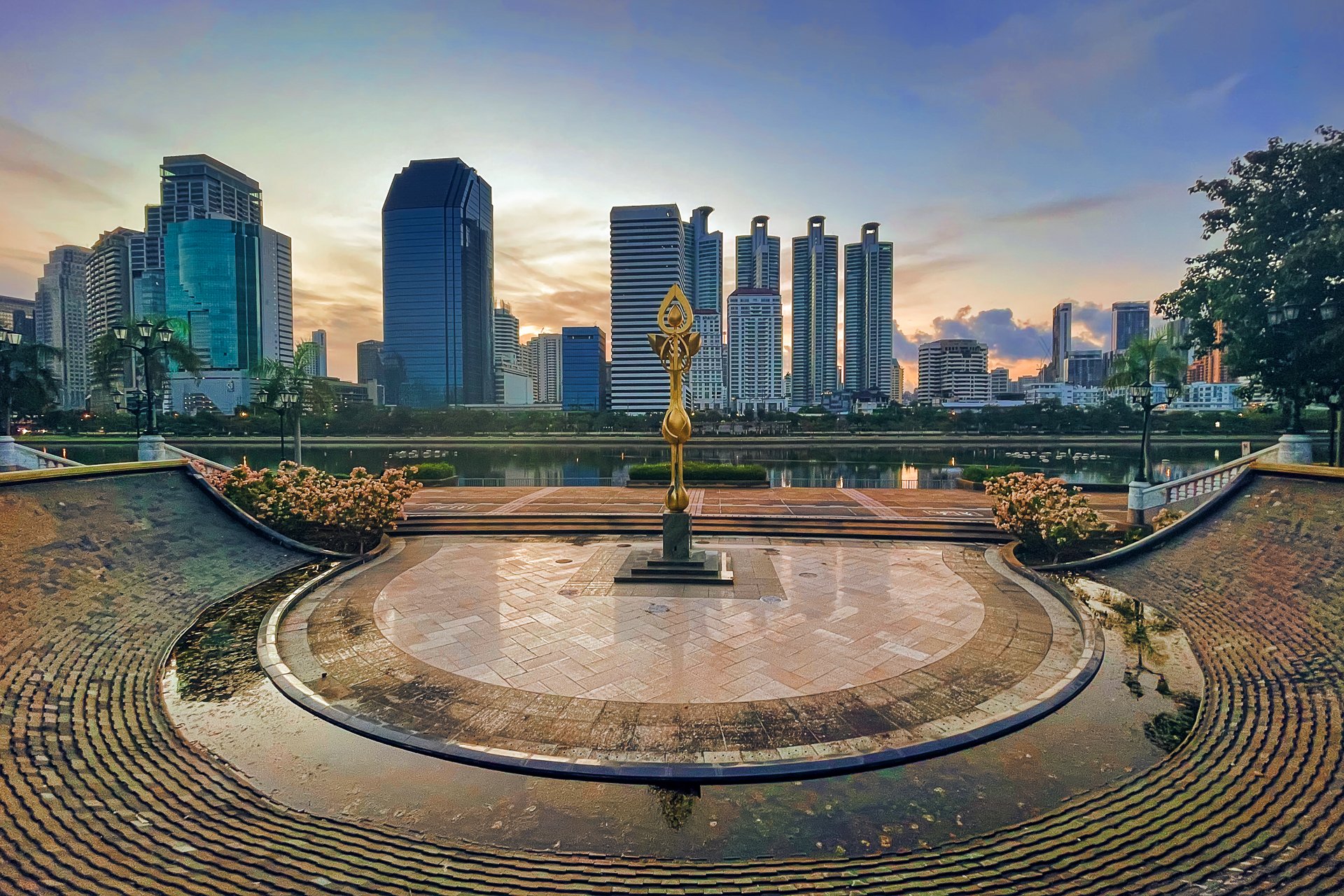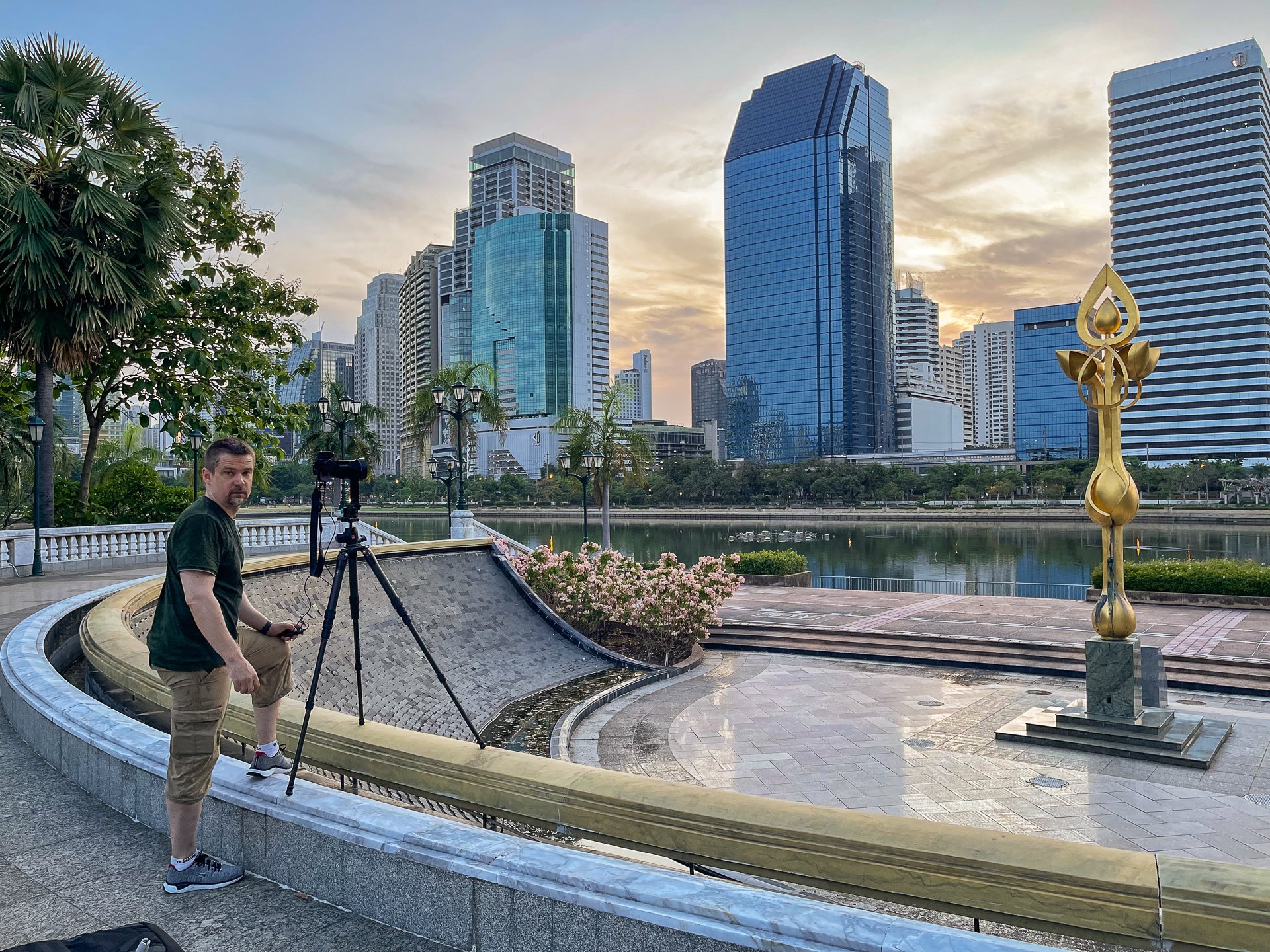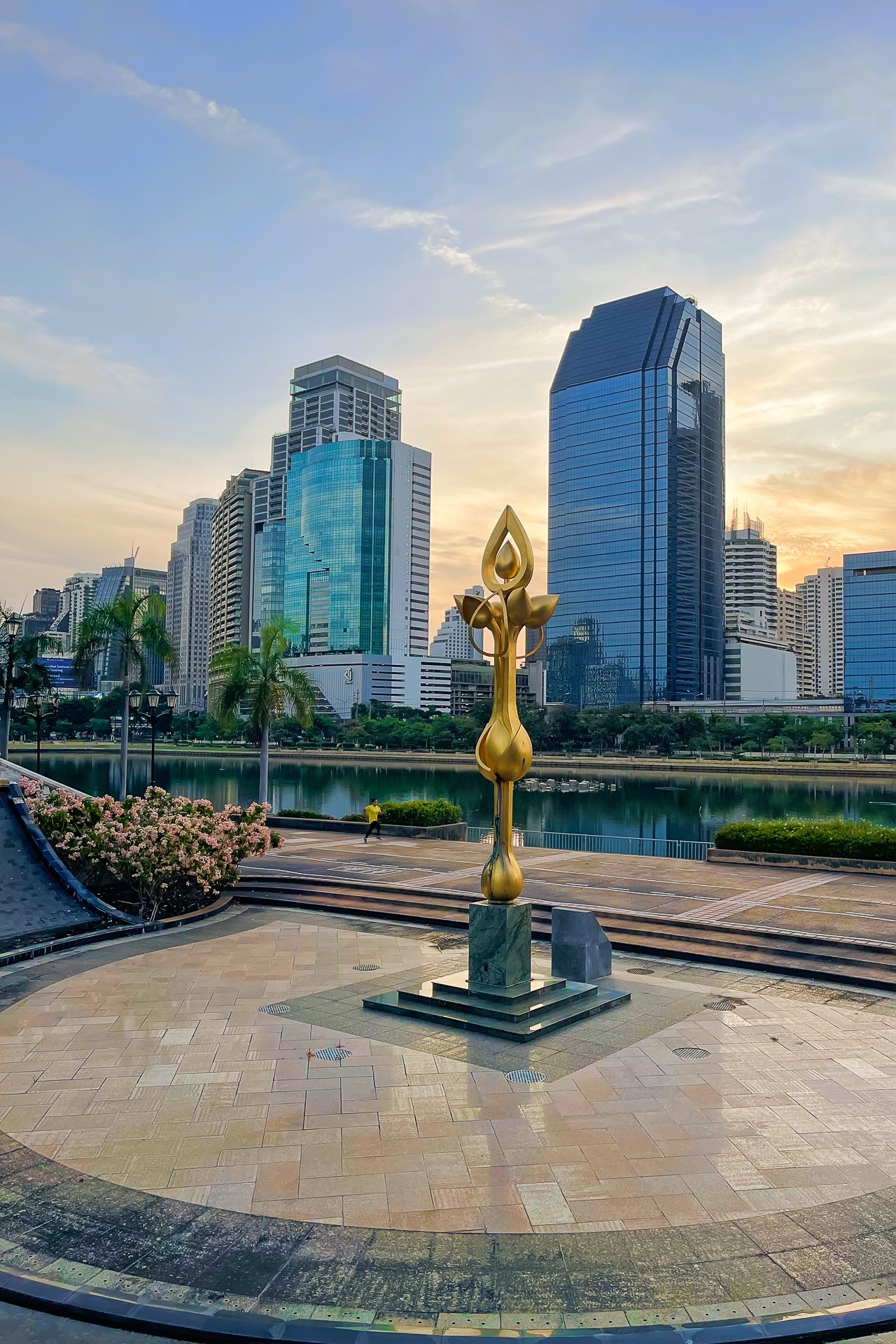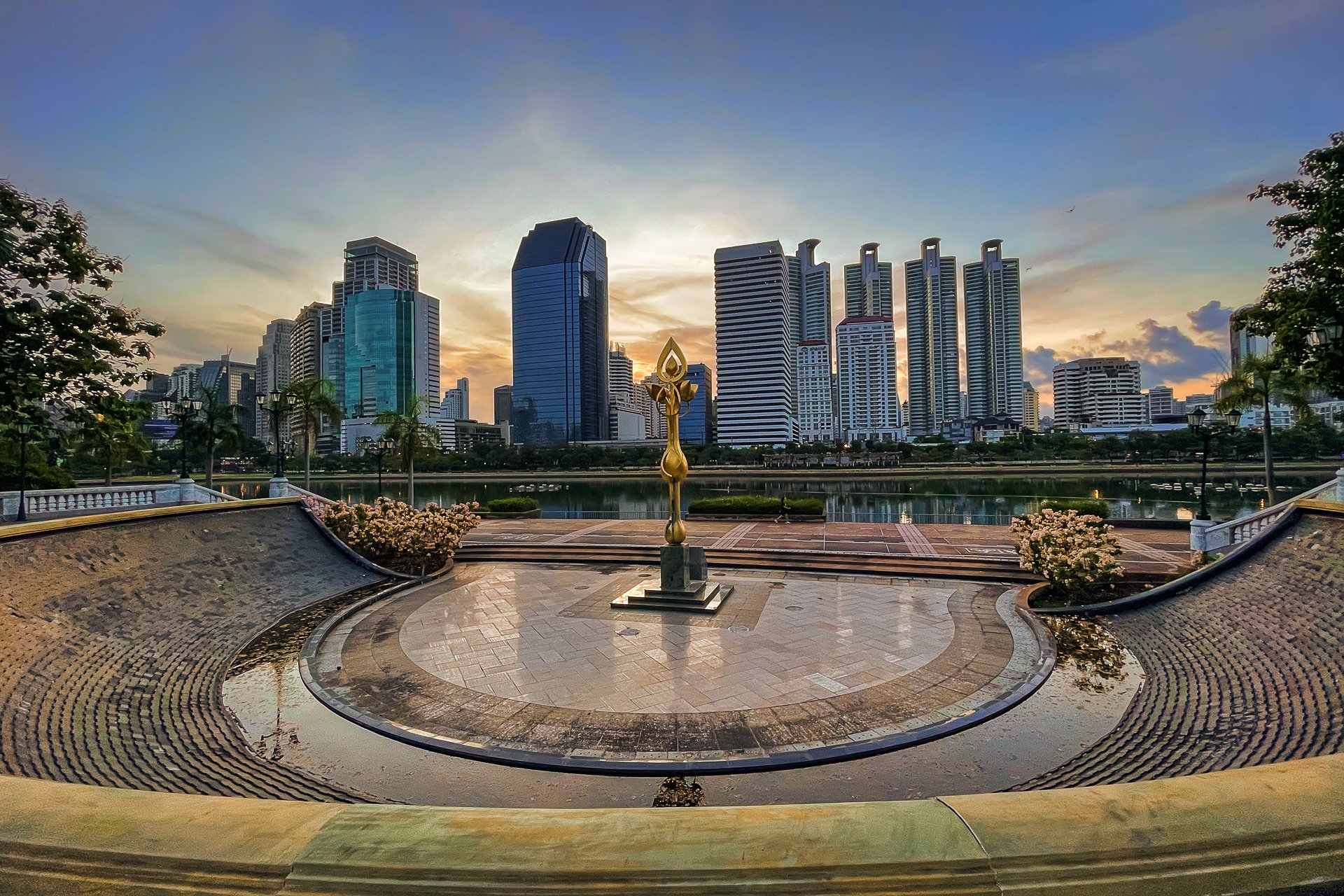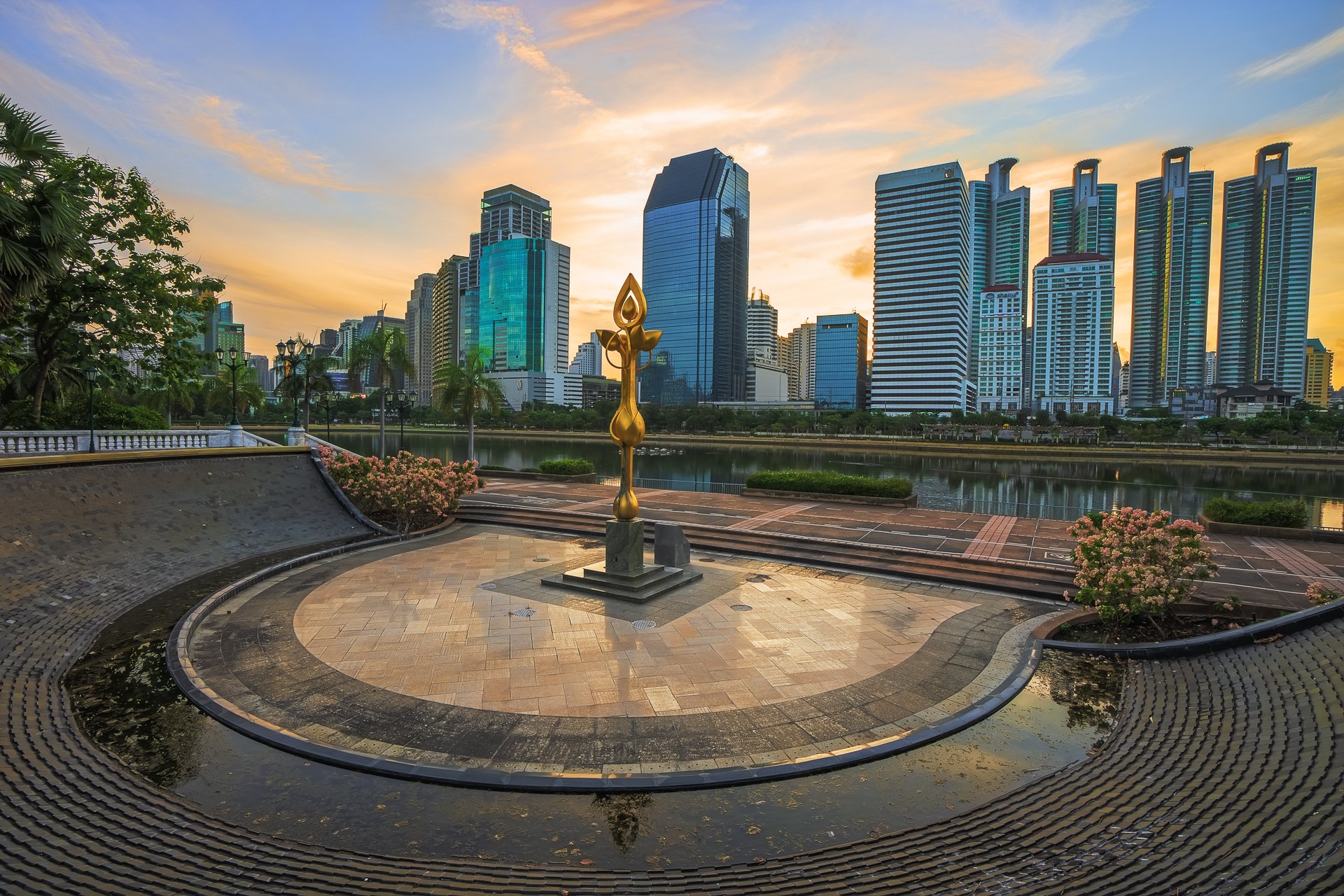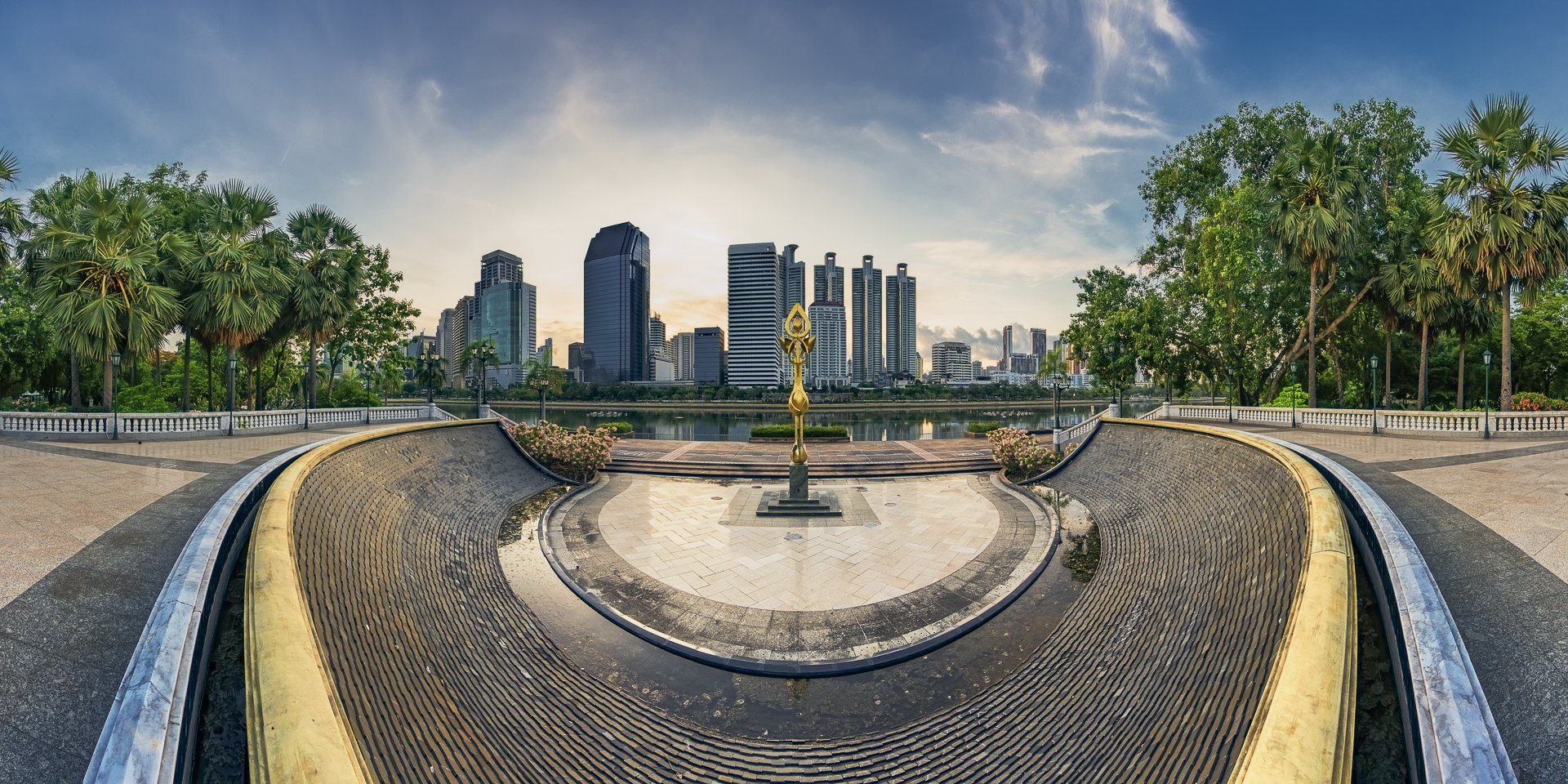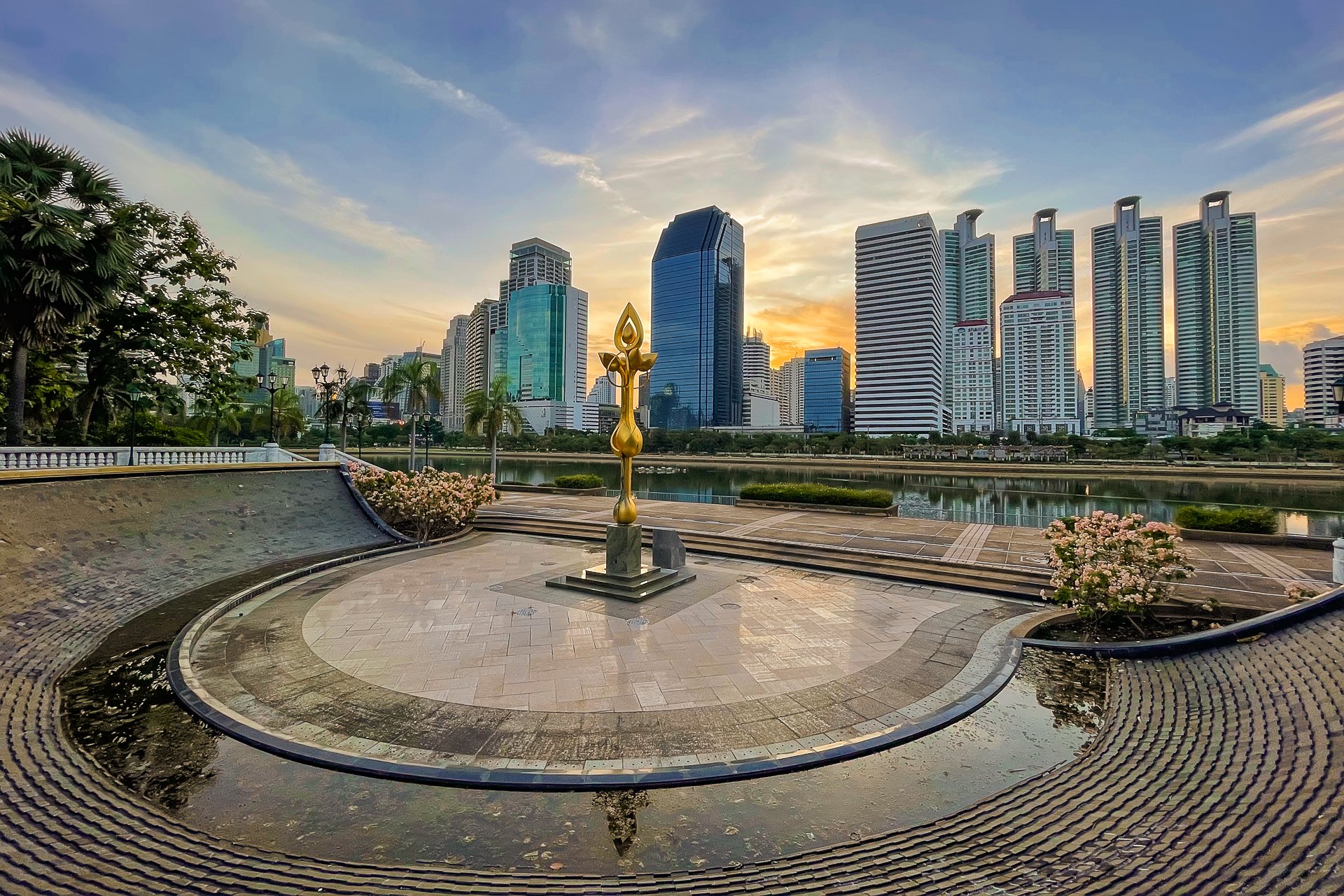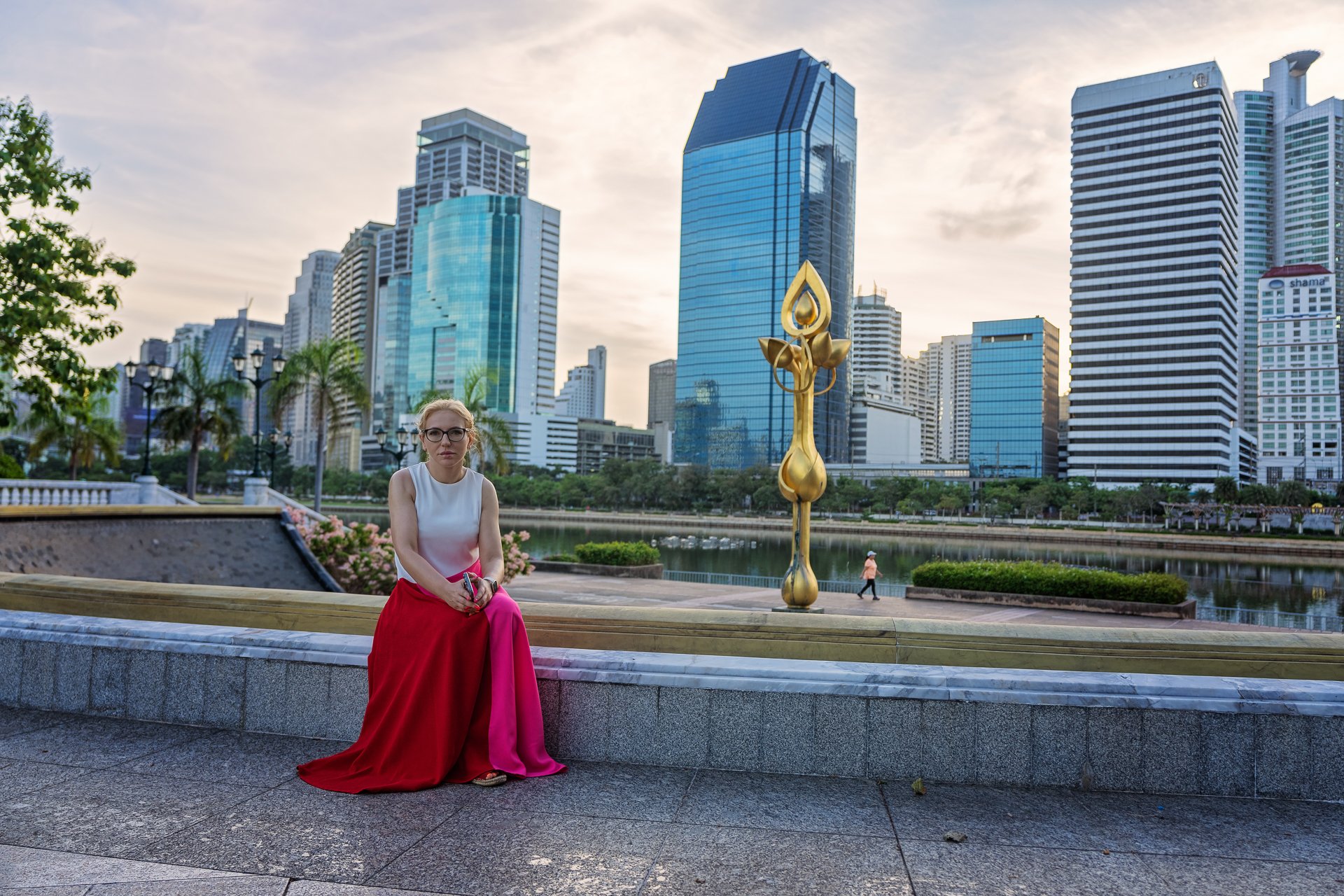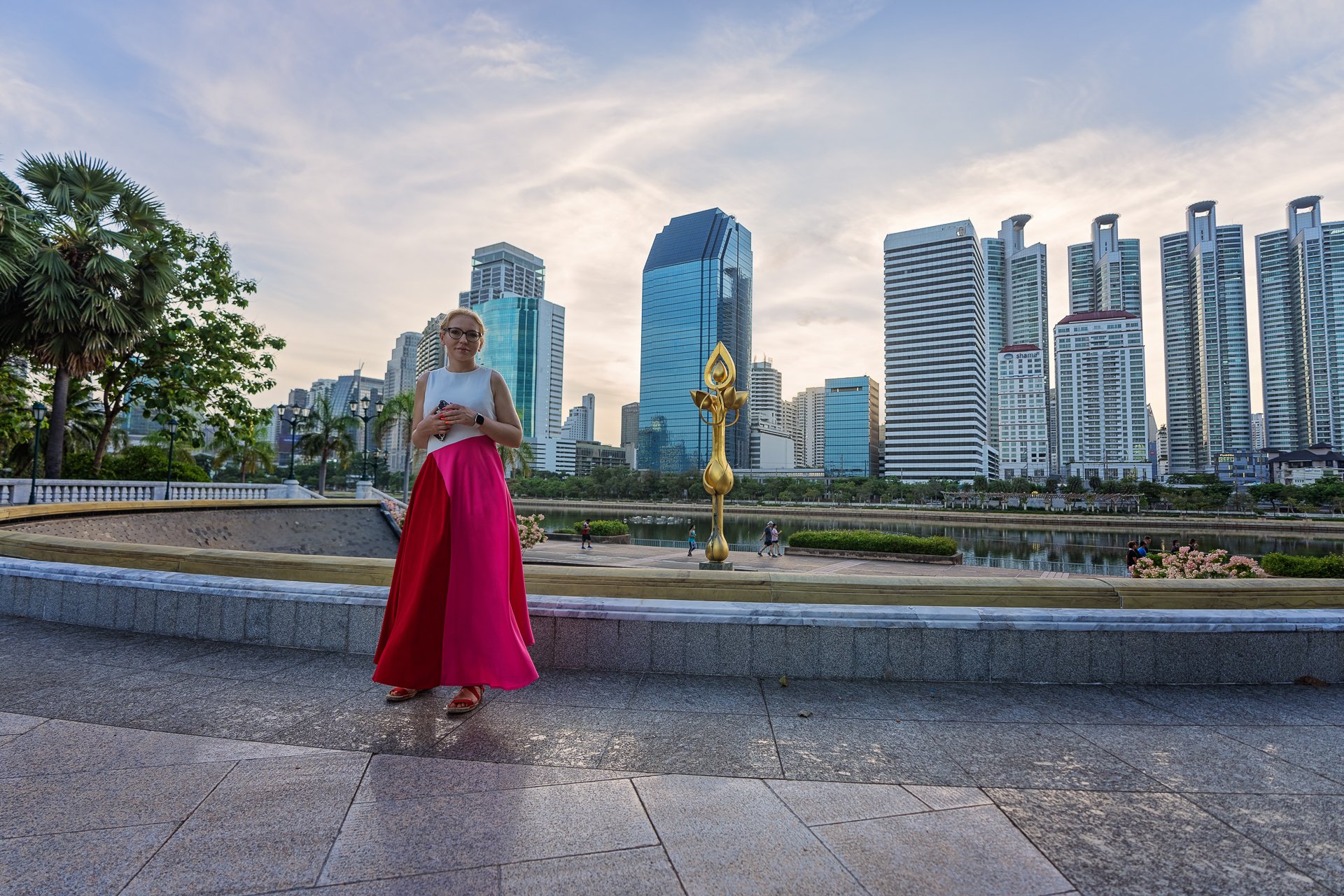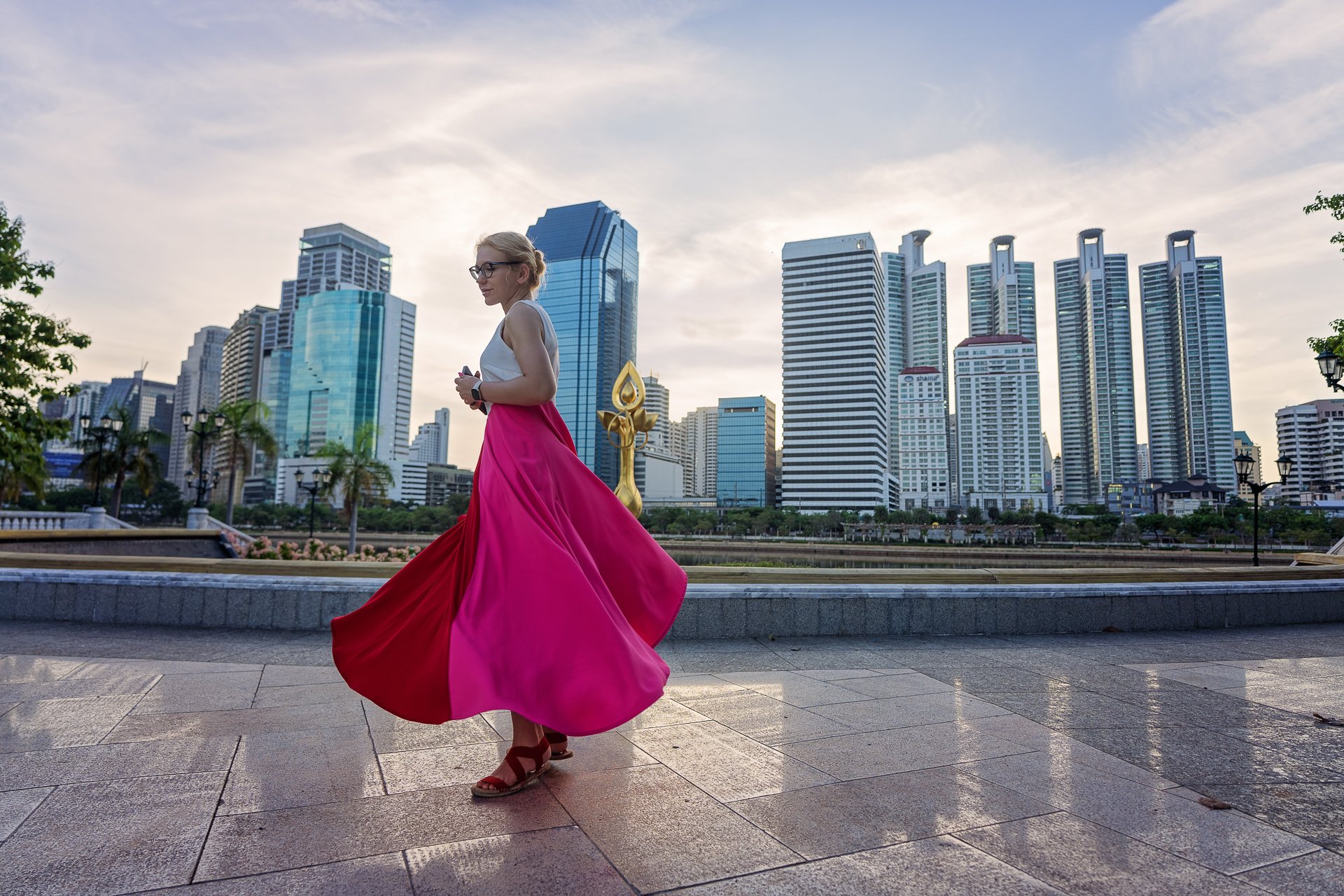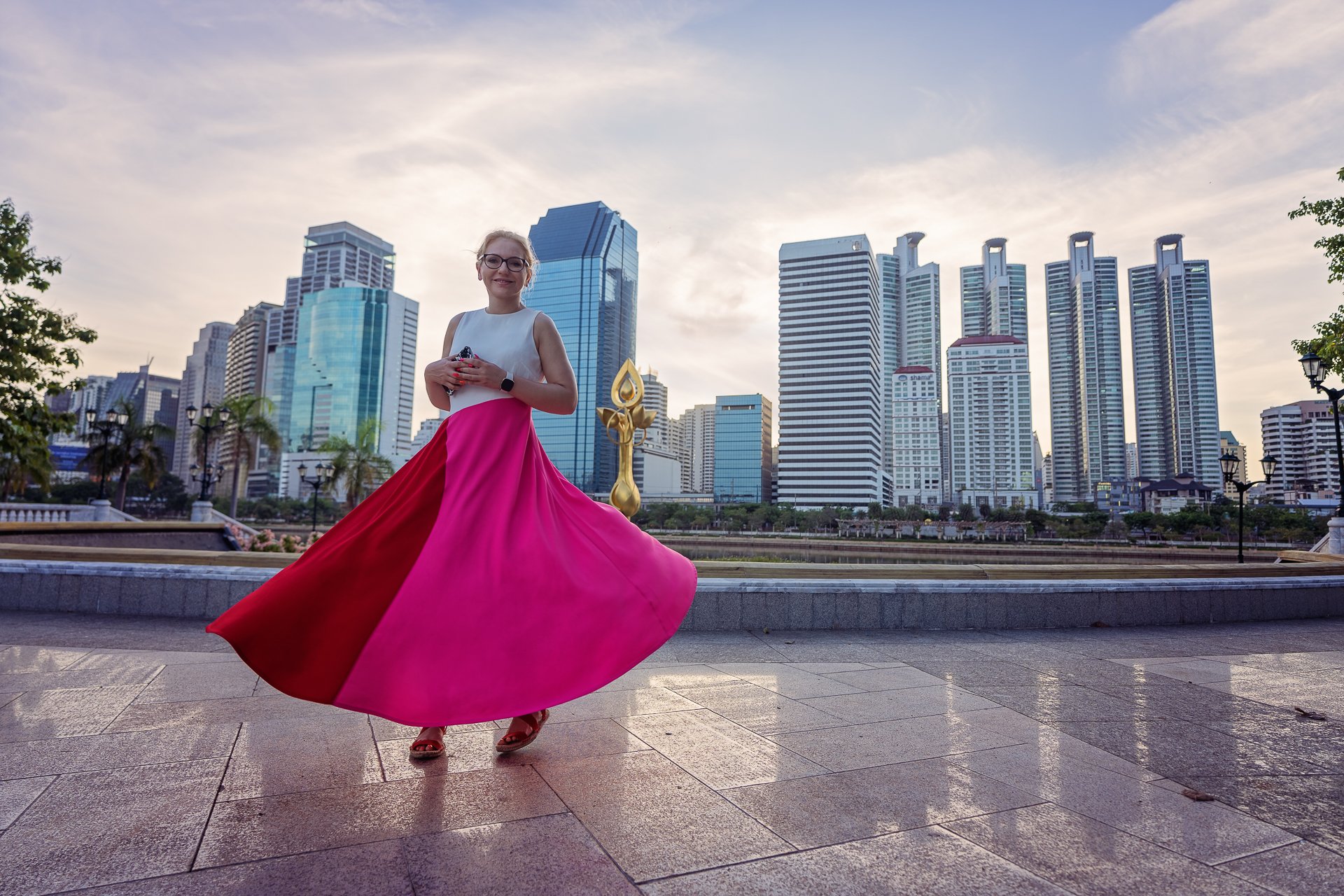After the cabaret we are off for dinner but first, we walk through the famous Walking Street. It is out of the season (or rather in a shoulder season) in Pattaya, and soon after pandemic so the street is quieter than it tends to normally be in the summer, but it is probably for the best. Not all the neon lights are on but there are enough and the music blasts from some venues. I think I would find it a bit suffocating in high season.
We stroll down along about 1km-long street and on the other side catch the taxi to our restaurant.
Po kabarecie wybieramy się na kolację, ale najpierw idziemy słynną Walking Street. W Pattaya jesteśmy poza sezonem (a raczej w sezonie przejściowym) i zaraz po pandemii, więc ulica jest cichsza niż zwykle w lecie, ale to chyba nawet lepiej. Nie wszystkie neony się świecą, ale jest ich wystarczająco dużo, a w niektórych miejscach słychać głośną muzykę. Myślę, że w sezonie byłoby to trochę przytłaczające. Spacerujemy tą ulicą przez około 1 km i na jej drugim końcu łapiemy taksówkę do naszej restauracji.











